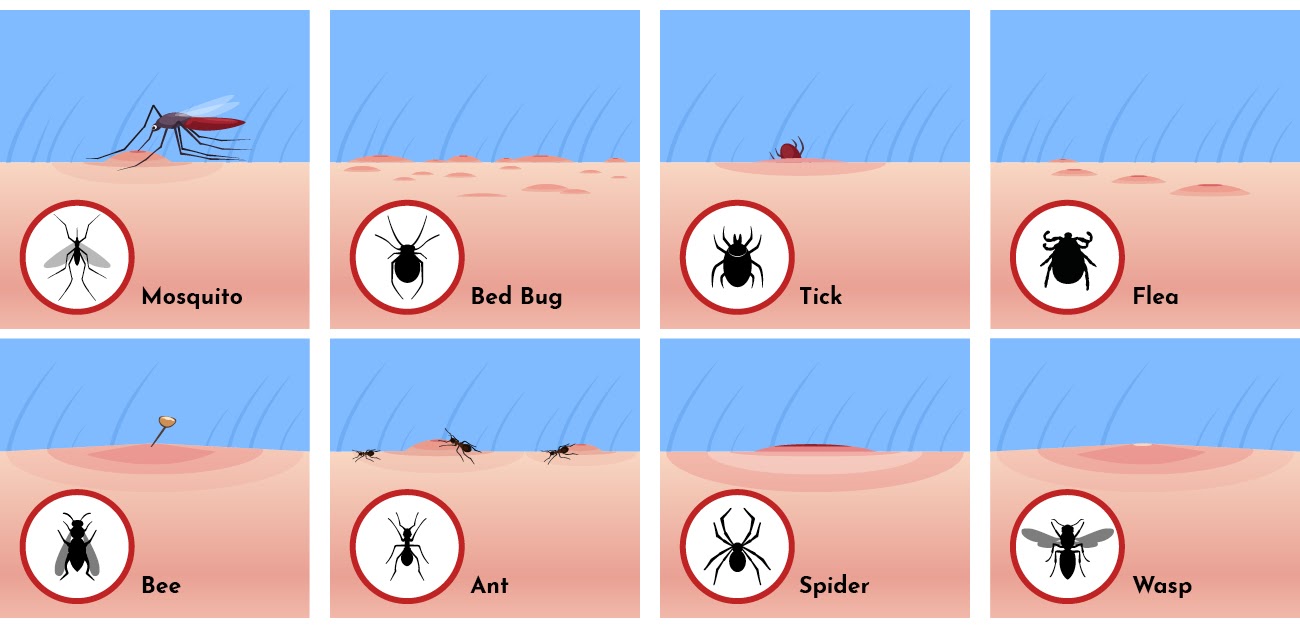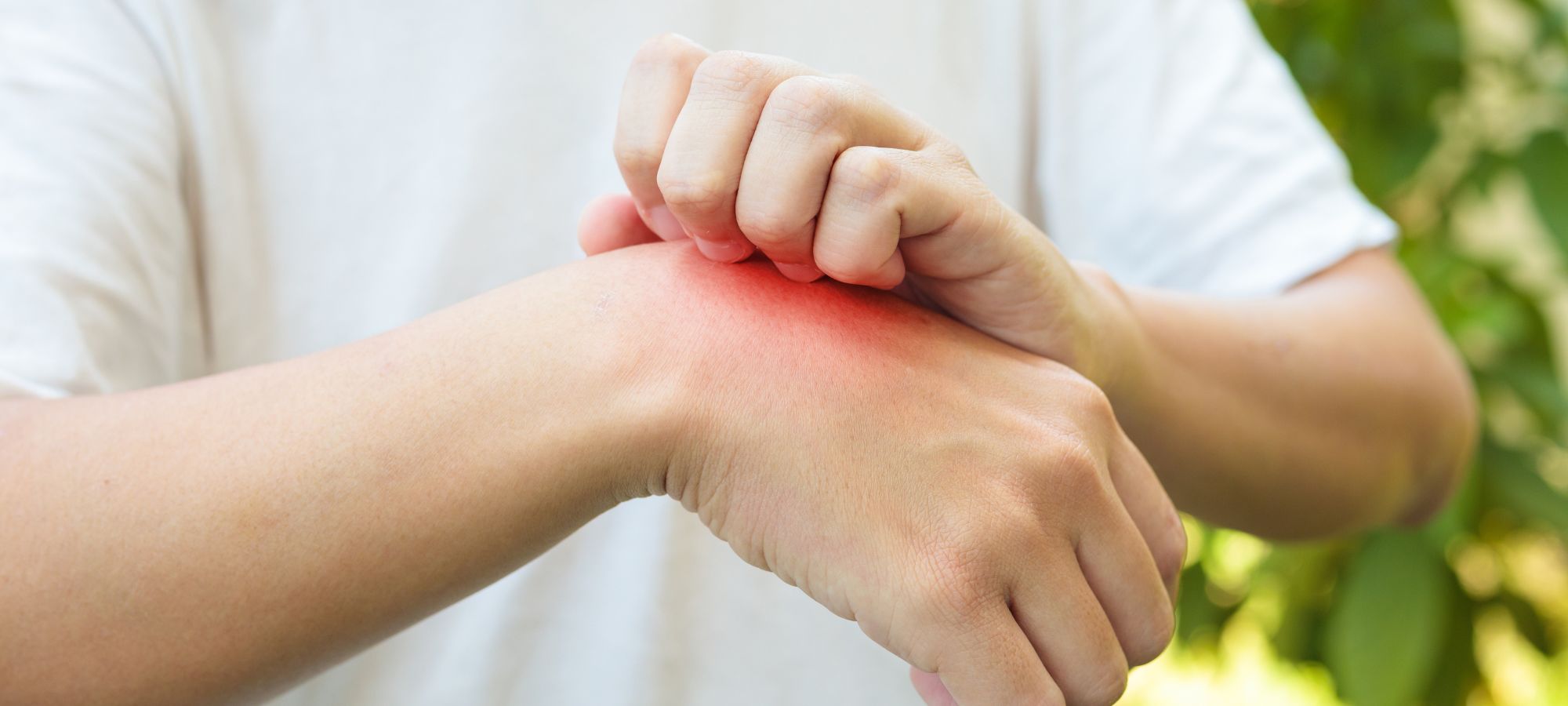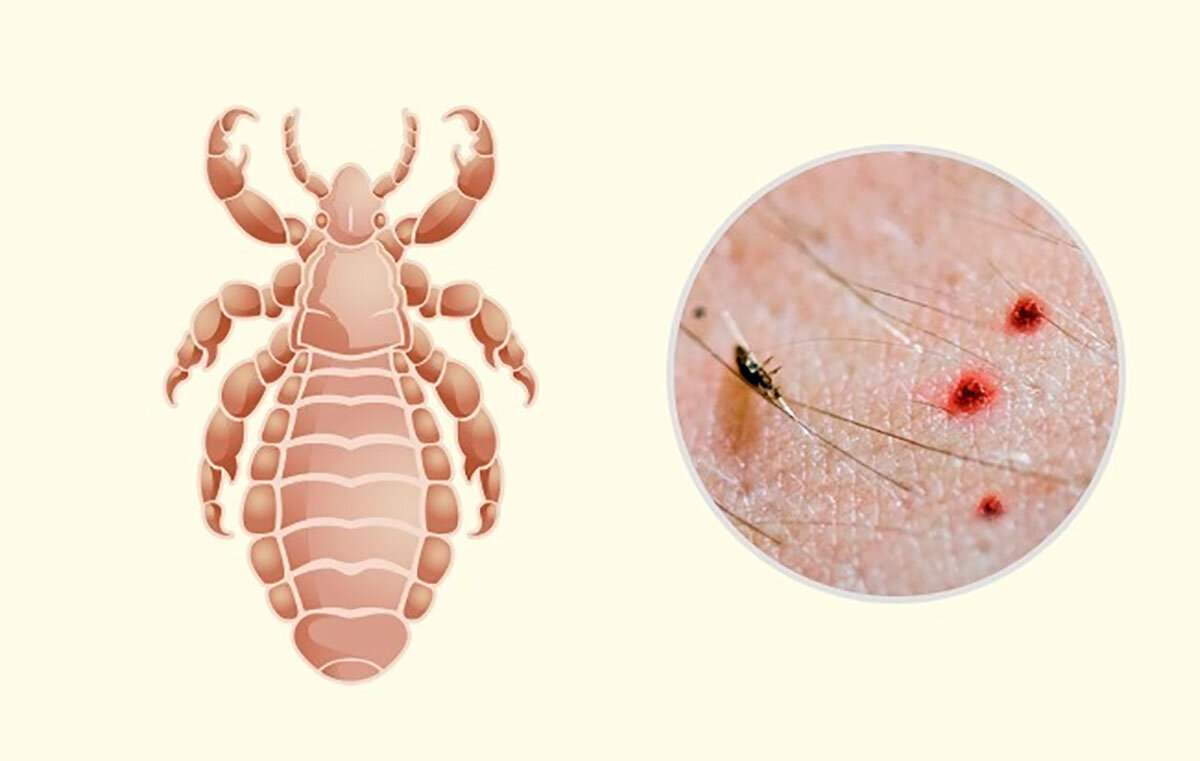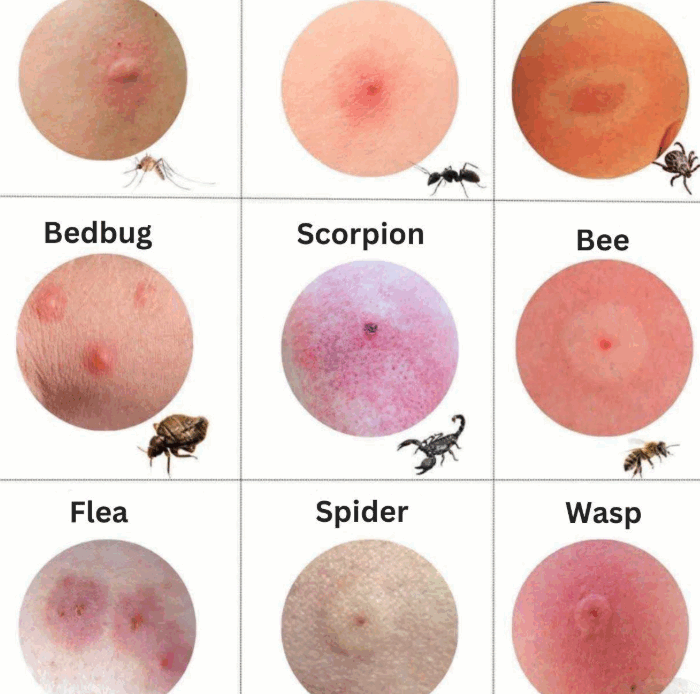Insect bites are a common nuisance, especially during the warmer months. While many are harmless, some can cause significant discomfort, allergic reactions, or even transmit diseases. One of the keys to managing insect bites effectively is understanding that insect bites vary in appearance—and being able to recognize them can lead to quicker treatment and peace of mind.
This comprehensive guide will help you identify the most common types of insect bites, their symptoms, possible complications, and treatment options.
Why It’s Important to Identify Insect Bites Correctly
Not all insect bites are created equal. Some might just leave a red bump, while others may blister, spread, or become infected. Correct identification helps in:
-
Choosing the right treatment
-
Reducing symptoms quickly
-
Avoiding complications like infections or allergic reactions
-
Monitoring for signs of serious diseases like Lyme disease or malaria
The good news is that most bites are easy to treat at home, especially if you know what caused them.
Common Insects That Bite or Sting Humans
Here are some of the most common insects responsible for bites and stings:
-
Mosquitoes
-
Fleas
-
Bed Bugs
-
Ticks
-
Bees and Wasps
-
Spiders
-
Ants
-
Midges and Gnats
Each insect causes a bite or sting with different visual and symptomatic clues.
What Do Different Insect Bites Look Like?
1. Mosquito Bites
-
Appearance: Small, round, puffy bumps that become red and itchy
-
Symptoms: Mild swelling, itching, sometimes a small blister
-
Common Locations: Arms, legs, neck, and exposed skin
-
Treatment: Apply a cold compress, antihistamine cream, or calamine lotion
2. Flea Bites
-
Appearance: Tiny red bumps with a red halo; usually grouped in threes or fours
-
Symptoms: Intense itching, particularly around the ankles and legs
-
Common Locations: Lower legs, feet, waistline
-
Treatment: Antihistamines, topical corticosteroids
3. Bed Bug Bites
-
Appearance: Flat, red welts in a zigzag or line pattern
-
Symptoms: Itchy and inflamed, may turn into blisters
-
Common Locations: Face, neck, arms, and hands
-
Treatment: Wash with soap and water, apply anti-itch creams, and eliminate bed bugs from surroundings
4. Tick Bites
-
Appearance: Small red bump; may include a visible tick
-
Symptoms: Painless at first, followed by a rash (bullseye shape in Lyme disease)
-
Common Locations: Hairline, behind ears, armpits, and groin
-
Treatment: Remove tick carefully with tweezers, disinfect, and monitor for signs of Lyme disease (fever, rash, fatigue)
5. Bee or Wasp Stings
-
Appearance: Red, swollen area with a white center
-
Symptoms: Sharp pain, swelling, redness, possible allergic reaction
-
Common Locations: Hands, arms, legs, or feet
-
Treatment: Remove stinger if visible, apply ice, take an antihistamine, and seek help if there’s a severe reaction
6. Spider Bites
-
Appearance: Red bump or two small puncture marks; can blister or ulcerate
-
Symptoms: Mild pain, swelling, itching; some species (like black widows or brown recluses) cause serious reactions
-
Common Locations: Under clothes or bedding
-
Treatment: Clean wound, apply ice, and seek medical attention for serious symptoms
7. Ant Bites (Fire Ants)
-
Appearance: Red, swollen bumps that turn into white pustules
-
Symptoms: Burning, itching, pain
-
Common Locations: Feet, ankles, hands
-
Treatment: Wash area, apply cold compress and hydrocortisone cream
8. Midges or Gnats
-
Appearance: Small red dots, often multiple in one area
-
Symptoms: Itchy, sometimes painful or swollen
-
Common Locations: Face, arms, and legs
-
Treatment: Similar to mosquito bites—cool compress and anti-itch lotion
When to Seek Medical Help
While most insect bites are minor, you should seek immediate medical attention if you experience:
-
Difficulty breathing or swallowing
-
Swelling of the lips, eyes, or throat
-
Fever or chills
-
Nausea, vomiting, or dizziness
-
Bite that worsens or shows signs of infection (pus, increasing redness, warmth)
-
A rash that spreads or resembles a bullseye (possible Lyme disease)
These could be signs of a severe allergic reaction (anaphylaxis), infection, or vector-borne disease.
Preventing Insect Bites
Prevention is always better than cure. Follow these steps to minimize your risk:
-
Wear protective clothing when outdoors or in wooded areas
-
Use insect repellent containing DEET, picaridin, or natural oils like citronella
-
Avoid stagnant water where mosquitoes breed
-
Keep living areas clean to avoid bed bugs and fleas
-
Install window screens to prevent indoor entry
-
Inspect pets regularly for ticks and fleas
Home Remedies for Insect Bites
If you prefer natural relief, these home remedies can help:
-
Aloe Vera: Soothes inflammation and itching
-
Honey: Natural antibacterial agent for minor wounds
-
Oatmeal Paste: Reduces itch and irritation
-
Baking Soda and Water: Balances skin pH and reduces swelling
-
Apple Cider Vinegar: Helps disinfect and relieve itching
Always test a small area first to check for skin sensitivity.
How to Tell If It’s a Bite or a Rash
Sometimes it’s difficult to differentiate between a rash and a bug bite. Here are some pointers:
-
Bug bites are usually isolated or patterned bumps, often with a visible puncture point
-
Rashes tend to be widespread, patchy, and lack a central puncture
-
Bug bites are itchy, while rashes may burn, sting, or be painless
When in doubt, consult a dermatologist for proper diagnosis.
Psychological Impact of Unknown Bites
Unknown insect bites can cause anxiety, especially if symptoms worsen or resemble something serious. Educating yourself about the types and symptoms can significantly reduce stress and help you take swift, confident action.
Remember, knowledge leads to peace of mind. Recognizing the bite early means you can:
-
Treat it promptly
-
Avoid unnecessary worry
-
Prevent complications
Final Thoughts
Insect bites are more than just a summertime nuisance—they’re your skin’s response to foreign invaders. But not all bites are the same. The appearance, symptoms, and treatment can vary significantly based on the insect involved.
By learning to identify insect bites, you empower yourself to respond appropriately. Whether it’s a harmless mosquito bite or a tick bite that needs medical monitoring, timely action can make all the difference.
Stay informed, stay safe, and enjoy peace of mind knowing you’re prepared to handle whatever bites come your way.
